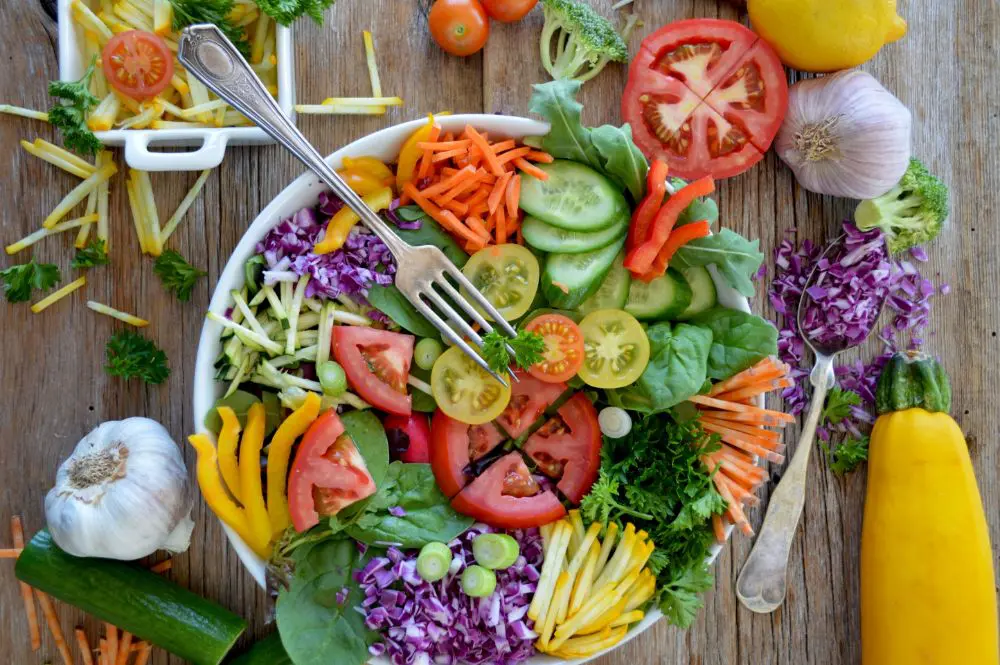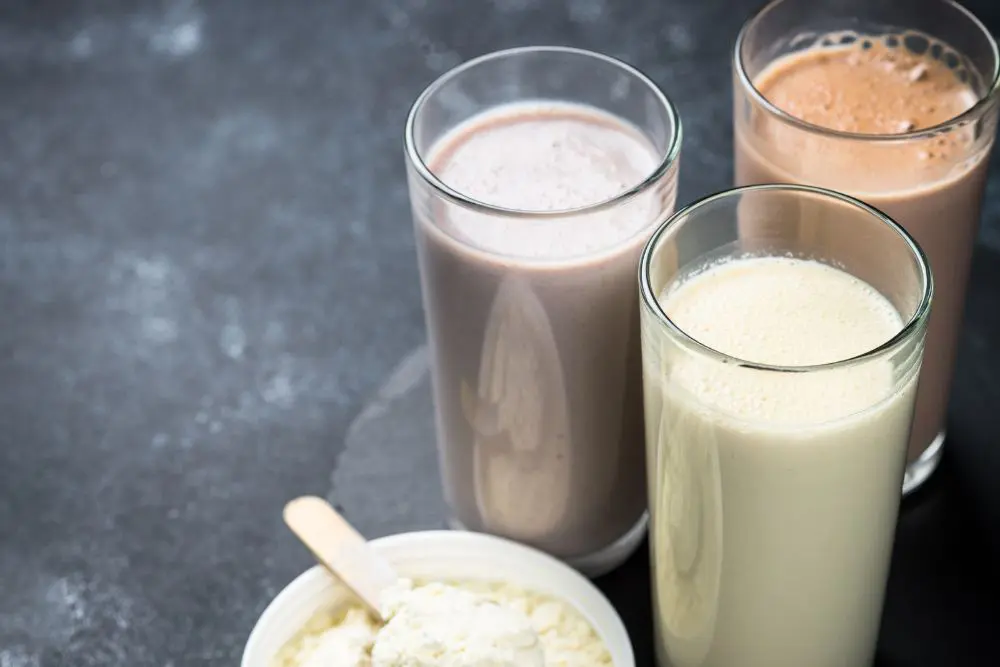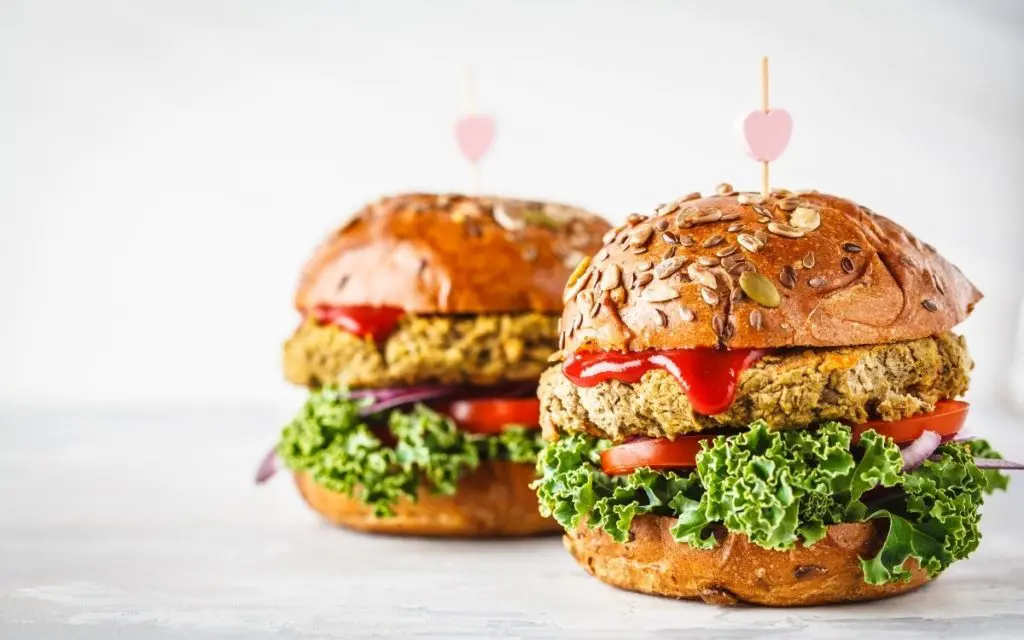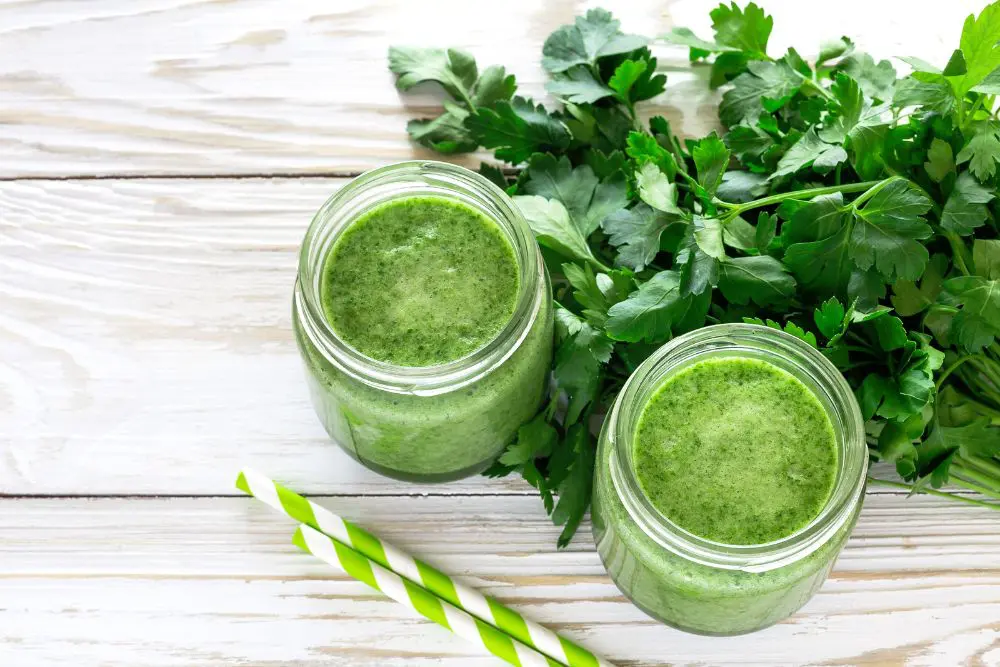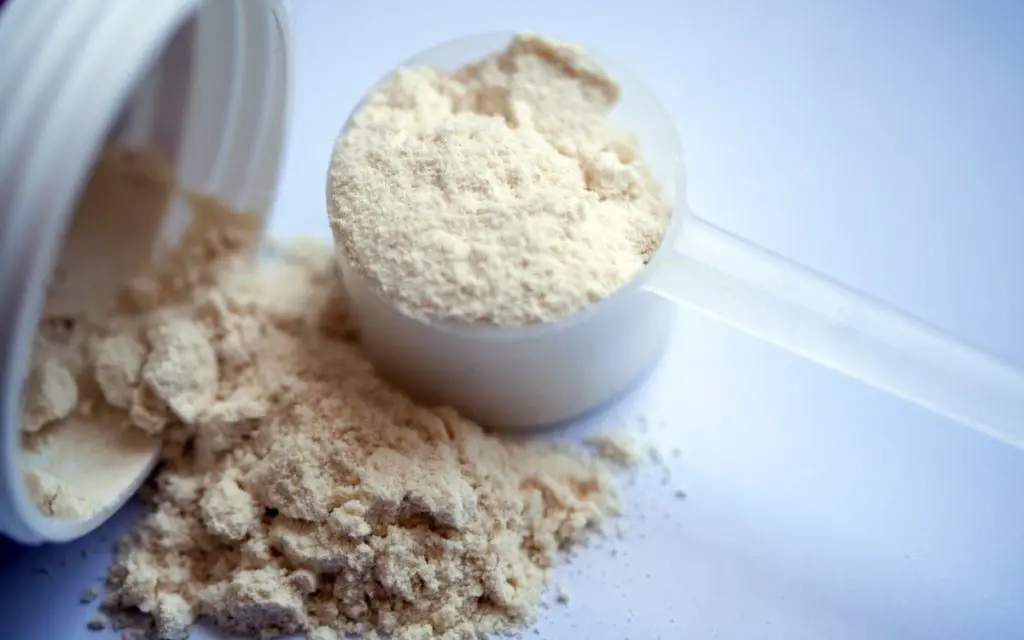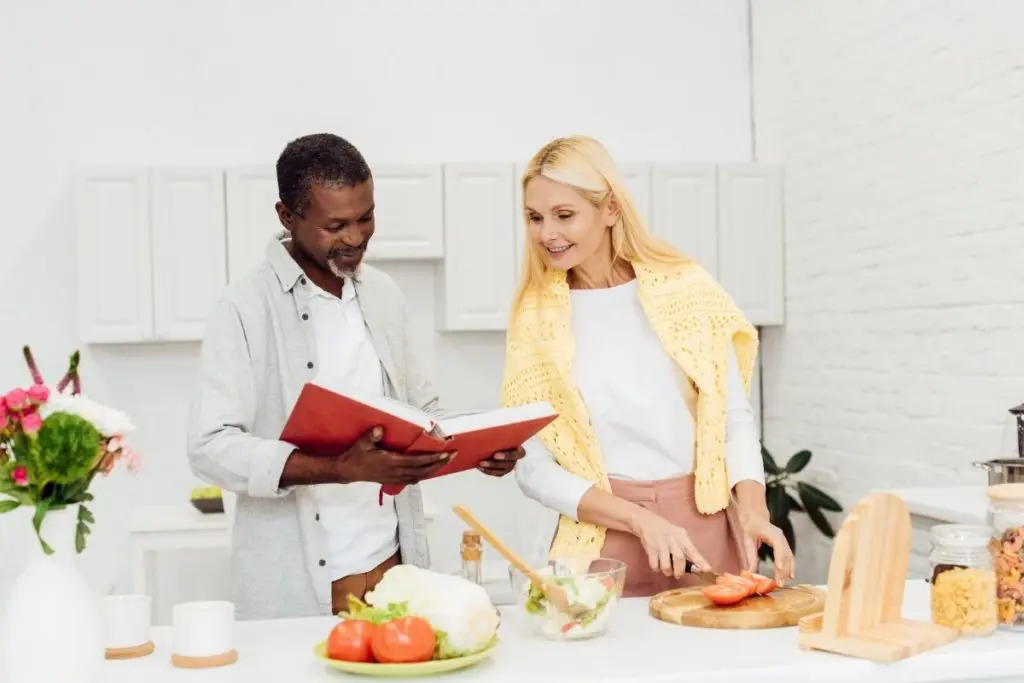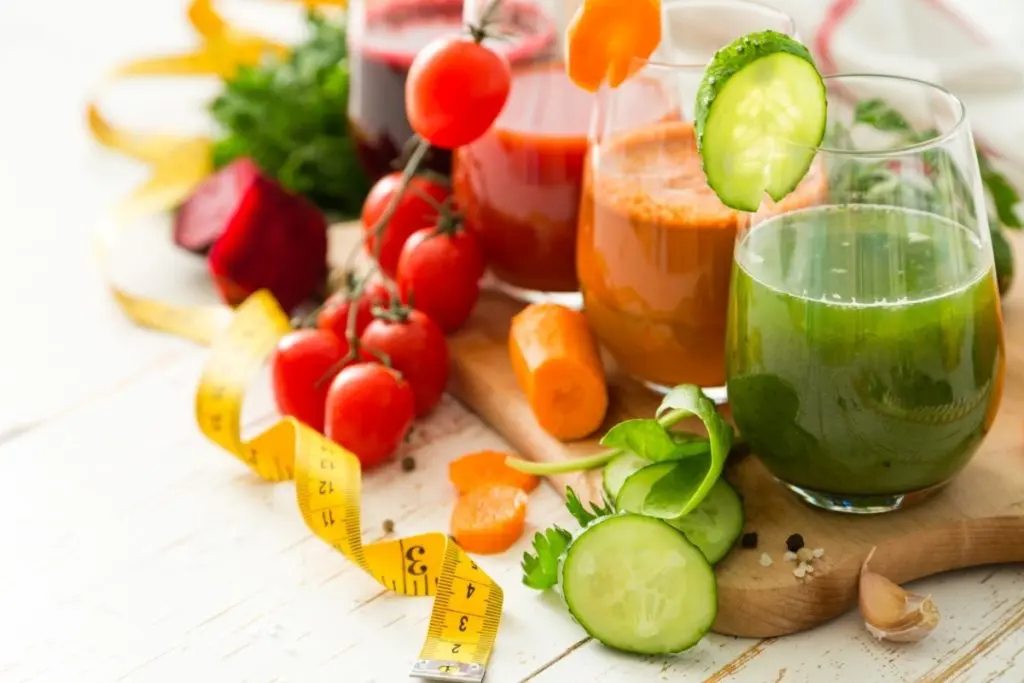The number of people transitioning to a vegan diet is rising. But cutting out meat, dairy, and eggs from your lifestyle is no small decision, and it might come with questions and concerns regarding how to maintain a healthy diet. Whether you decide to become vegan for ethical, environmental, or health reasons, you need to learn how to structure your diet to meet all the nutritional needs that support a healthy body and mind. In this article, we’ll dive into how to start eating like a vegan.
For those embarking on their first foray into plant-based eating, we’ve got you covered. There are a lot of factors to consider. Where do I get my protein? Are all vegan foods healthy? How do I know that I’m getting the right vitamins and minerals? How do I eat out with friends and family while maintaining a vegan diet?
To answer your questions, we’ve compiled a wealth of information on how to start eating a vegan diet. Ready to leave the meat and dairy behind? Let’s begin.
7 Tips for How to Start Eating Vegan
Let’s navigate some of the basics for learning how to start eating vegan, starting with a dial-in on nutrition.
1
Learn the Difference Between Complete and Incomplete Proteins
As you start eating vegan, you might be surprised at how many different kinds of food have protein. Peanuts, spirulina, dark-colored leafy greens, chia seeds, and broccoli are all considered prime sources of protein for vegans. However, these are not what we would consider “complete proteins.” Foods like chicken, beef, and eggs are complete proteins, whereas most plant-based sources are incomplete proteins. So, what’s the difference?
Complete proteins contain all nine of the essential amino acids. An incomplete protein is missing two or three of the amino acids. These amino acids help our bodies function at their highest and avoid malnutrition. In other words, they’re pretty important.
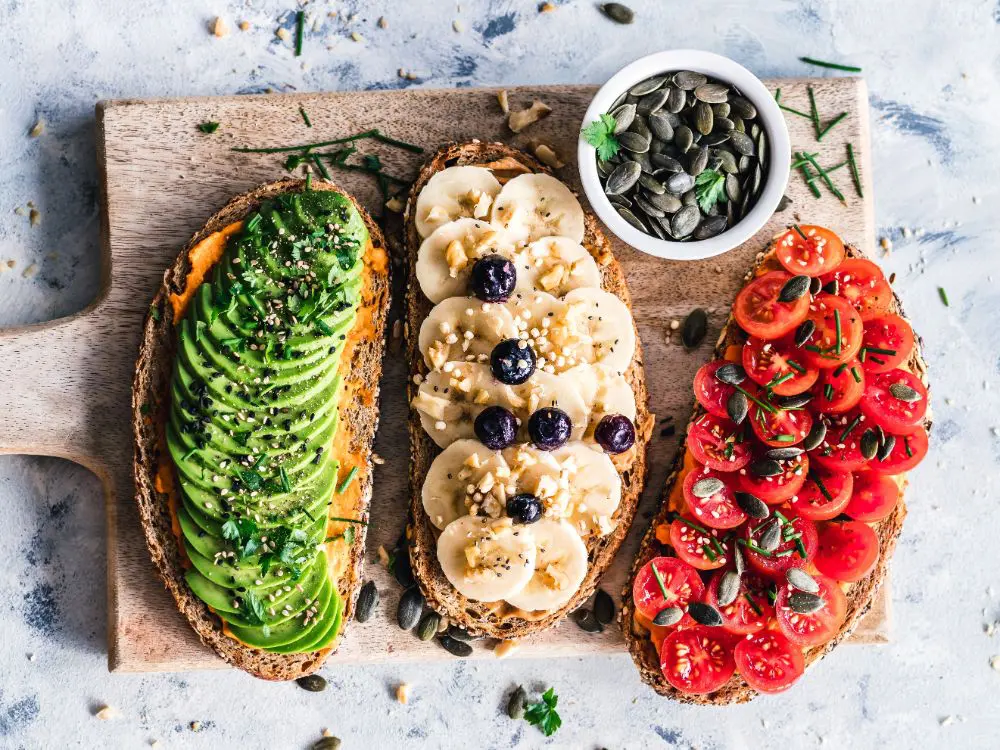
While our bodies can create some on their own, the rest have to come from food. Still, vegans shouldn’t worry. It’s possible to have a healthy plant-based diet that contains complete proteins — you just have to know what foods to look for. Quinoa, soy, and buckwheat are excellent plant-based complete protein options. Another option is the combination of beans and rice. When eaten together, these incomplete proteins form a complete protein.
2
Know Where You’re Getting Your Vitamins and Minerals
Just as important as knowing where your protein is coming from is knowing where you’re getting your key vitamins and minerals. You’ll find that most vegans and vegetarians at least supplement a B-Complex or a B12 vitamin. Why? Because B12 comes almost exclusively from fish.
That said, many plant-based milks and cereals are fortified with B12. Moreover, nutritional yeast — a vegan nutty-flavored powder used in a variety of recipes — is high in B vitamins.
Omega-3 is another mineral that mostly comes from fish. Excellent vegan sources of Omega-3 are seaweed, chia seeds, hemp seeds, walnuts, edamame, kidney beans, and flaxseeds. Omega-3 supplies the body with alpha-linolenic acid (ALA), which, along with DHA and EPA, are essential for heart and mental wellness.
If not careful, iron and calcium might also be on short supply in a vegan diet. Nuts, seeds, whole grains, legumes, and dark-colored leafy vegetables are prime sources of iron, which helps carry red blood cells and oxygen throughout the body. Meanwhile, calcium is crucial for strong muscles and bones, and is easily found in dark-colored leafy greens and legumes.
3
Becoming Vegan Doesn’t Mean Sacrificing Variety
One key thing most of us think about when considering how to transition to vegan eating is all the types of food we will have to avoid. When cutting all animal-based food from your diet, the initial fear might is usually about the limitations and fewer options for meals. But this is a misconception.
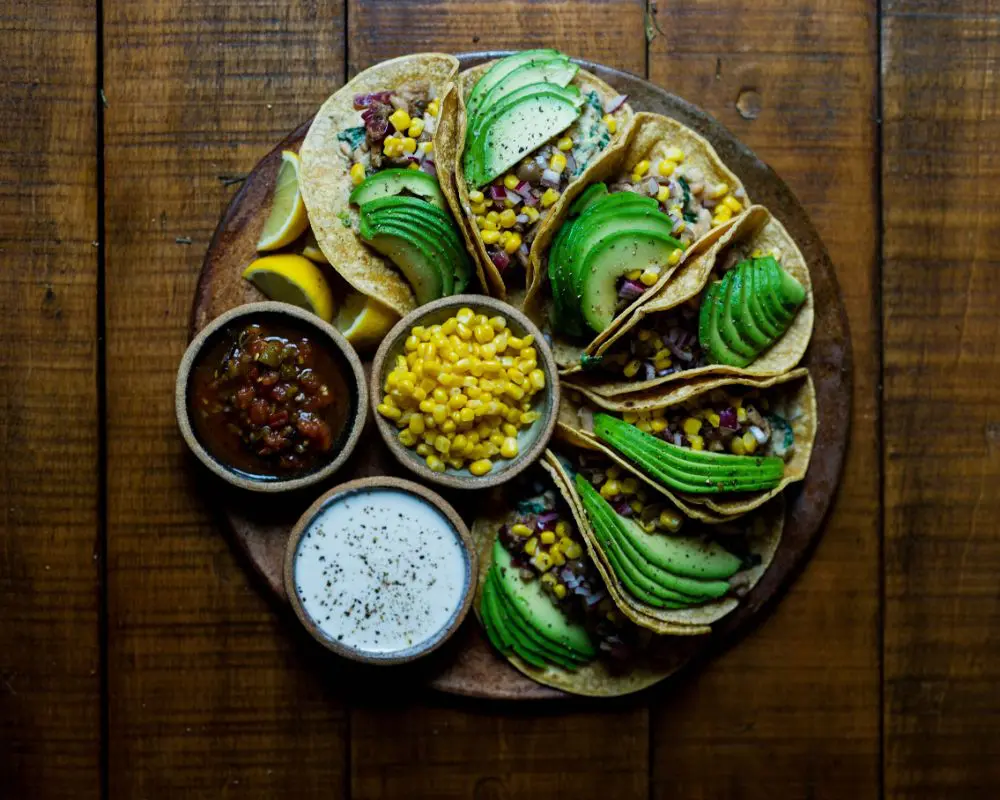
Opening your diet to being plant-based will likely turn you on to many kinds of food you never considered before. Focus on the colors of your plate. As a general rule, the more colorful the foods on your plate are, the more nutrient-packed it is. Along with trying new fruits, vegetables, and grains, you can also explore the vegan renditions of traditionally meat- and dairy-based foods. You might be surprised to see how many options are available for vegan-friendly substitutes.
4
Not All Vegan Foods Are Created Equal
Did you know that Oreos are vegan? Many potato chips are too. With the rise in the number of people turning to vegan diets, the amount of vegan products on shelves is overwhelming. There is a vegan replacement for everything these days. Vegan mayonnaise, vegan cheese, vegan ice cream, vegan bacon… the list goes on and on. It’s important to remember that just because the labels on these products read “vegan,” doesn’t mean they’re healthy. Vegan ice cream has no fewer calories or grams of sugar than its dairy-based counterpart.
However, this is not to say that you should never eat these foods. The sheer number of products that have been made vegan-friendly makes fulfilling that late-night sweet tooth possible. A healthy vegan diet should primarily be composed of plants and grains with the occasional vegan-friendly treat.
5
Focus on Whole Grains
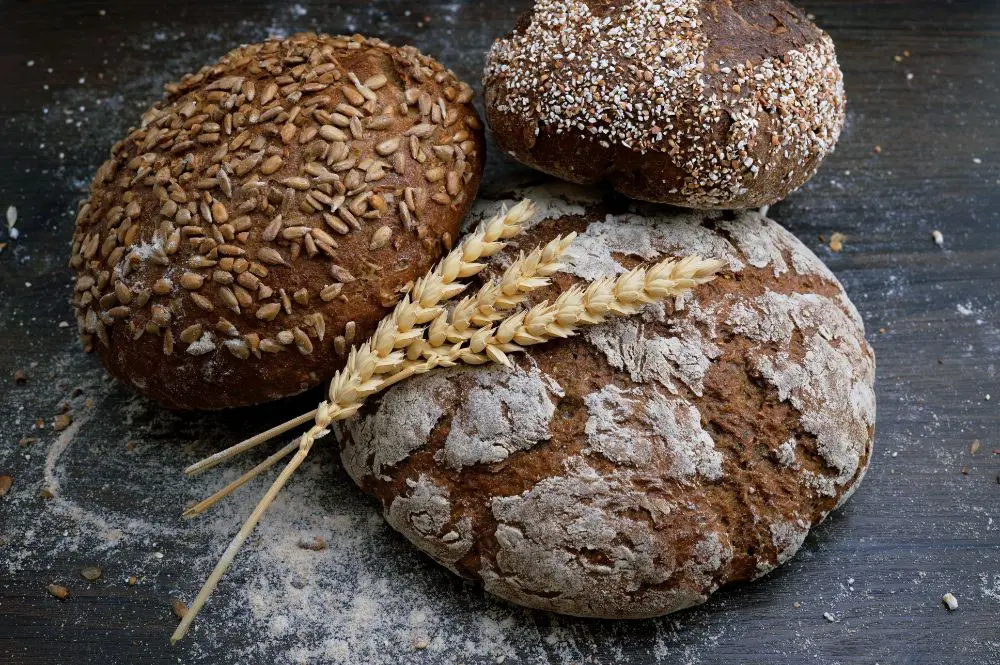
What exactly is a whole grain? It seems like products everywhere advertise it as having a positive impact on one’s health. According to the WGC, when it comes to whole grains, “… all three original parts — the bran, germ, and endosperm — are still present in the same proportions as when the grain was growing in the fields.” This means that no genetic modifications (GMOs) or preservatives have been added to the grain. It’s entering your home in the same form that it exited the farm.
Whole grains are loaded with B vitamins, fiber, and minerals like iron, magnesium, and zinc. As vegans are already generally short on B vitamins and iron, eating whole grains is a simple way to help fulfill those needs for your body. Most vegans opt for quinoa, buckwheat, brown rice, oats, and barley. The fantastic thing about adding more grains to your diet is the massive number of options you have. You’ll easily be able to find a go-to grain for your desired taste and texture.
Now, let’s look at bread. You must read the ingredients list on bread. Many brands contain milk in their products. Another thing to keep in mind, most bread advertised as whole-grain on grocery shelf stores still contains sugar. It’s technically vegan, but this doesn’t mean it’s the healthiest bread being offered. Generally, the fewer ingredients, the better.
6
Plants Are the at the Heart of Your Meals
We’re all familiar with the food pyramid (or plate, depending on when you took your high school health classes). These diagrams informed us that vegetables and fruits should be the second-largest portion of our diet behind water. For vegans, however, it’s even more critical.
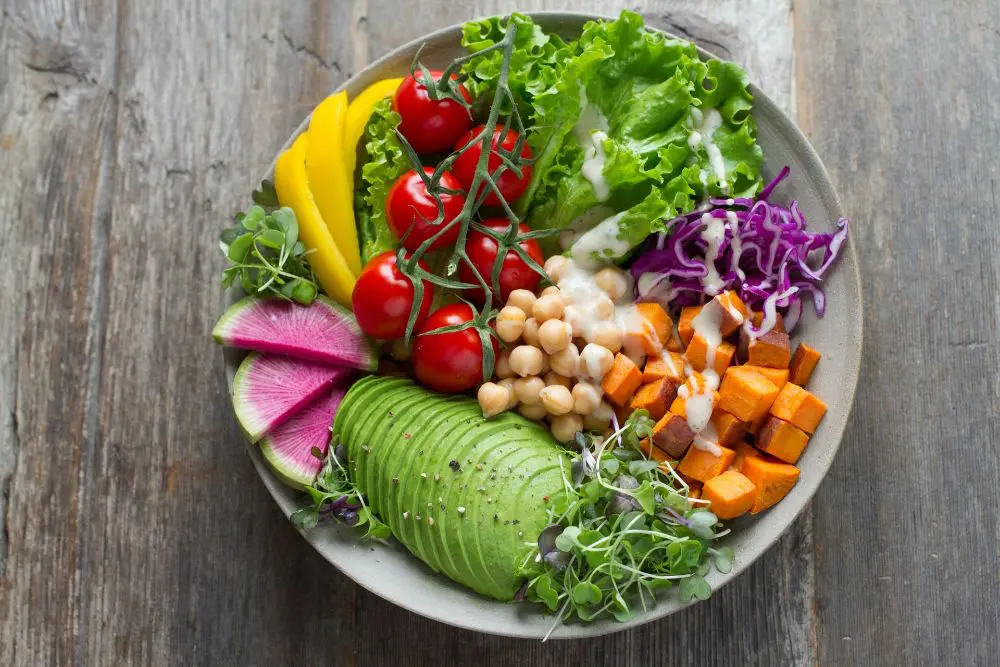
Plants contain fewer calories than other foods, and you need to eat more (on average) to make sure your body is getting enough calories. Work to form your meals around vegetables and fruits. Avoid using beans, rice, and potatoes as the foundation of your meals. You’ll end up eating more grains and starches, and fewer plants for what your body needs.
7
Establish Some Simple Go-To Recipes for Those Insanely Busy or Lazy Days
Your diet might be changing, but your daily life isn’t. The same hustle and bustle that might’ve pushed you toward an easy pre-prepared meal before will persist even as you’re trying to make healthier food choices. On the opposite side of the spectrum, perhaps you simply can’t be bothered to put together a beautiful, colorful meal.
No matter which category you fall into, it’s a good idea to arm yourself with two or three recipes that you consider staples in your diet. For breakfast, meal prep the contents of a smoothie in a plastic bag and leave it in your freezer to quickly pop in the blender before heading out the door. Adding pre-cut vegetables, sauces, and spices to a whole-grain pasta is an excellent solution for a quick-and-easy dinner. The trick is to think and shop ahead. This way, you’ll never find yourself caught off-guard by an empty fridge and no plan for a meal.
Favorite Recipes
The final thing to remember about how to become vegan is to create a diet around your tastes. If you love cooked broccoli, have it on your dinner plate every night. If you love a good stuffed sweet potato, make it one of your simple go-to weekly recipes.
A healthy and responsible vegan diet can be just as delicious as any other. And lucky for you, there are countless recipes and foods for you to explore.
We’ve curated a handful of our favorites to get you started on your new vegan journey.
- https://www.loveandlemons.com/vegan-recipes/
- https://www.feastingathome.com/vegan-dinner-recipes/
- https://chooseveg.com/blog/30-vegan-dinners-in-30-minutes-or-less/
Happy eating, friends!
Further Reading
